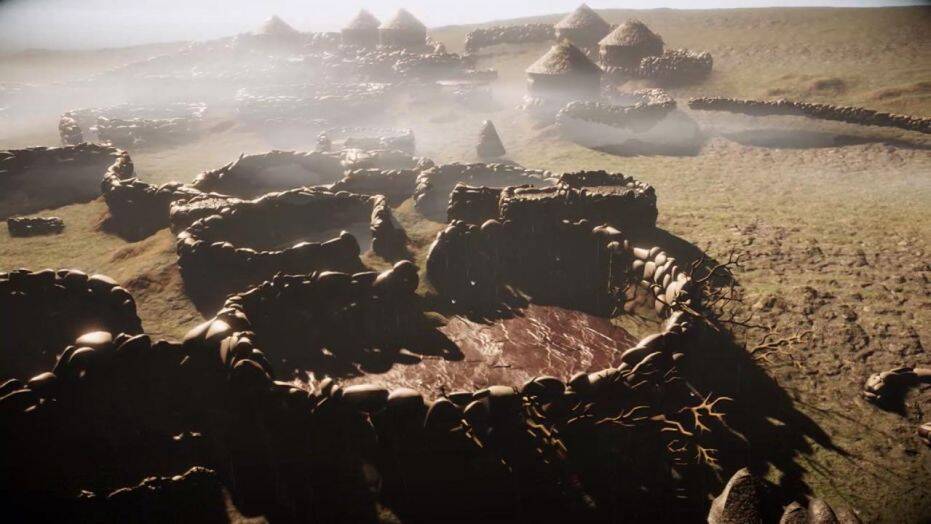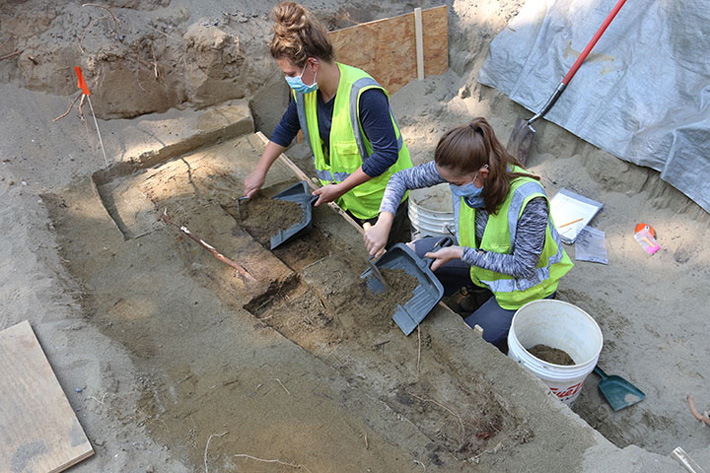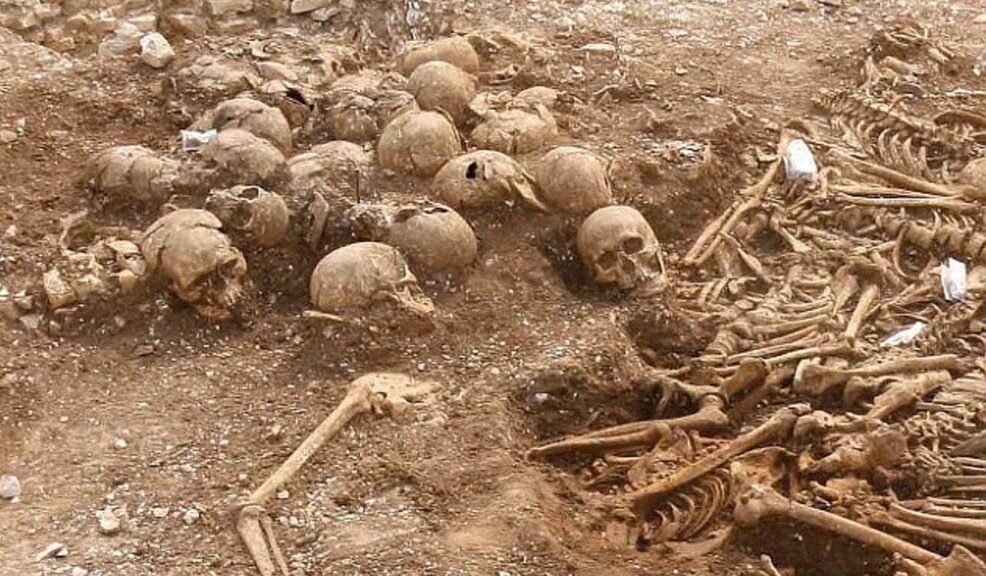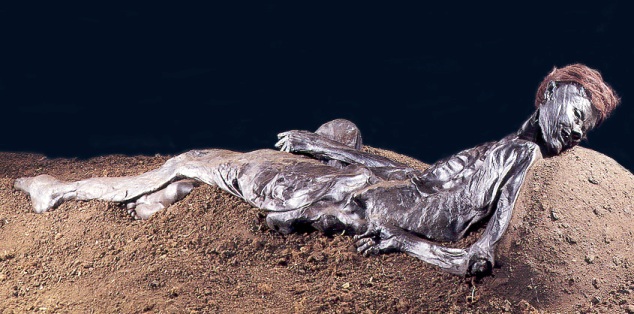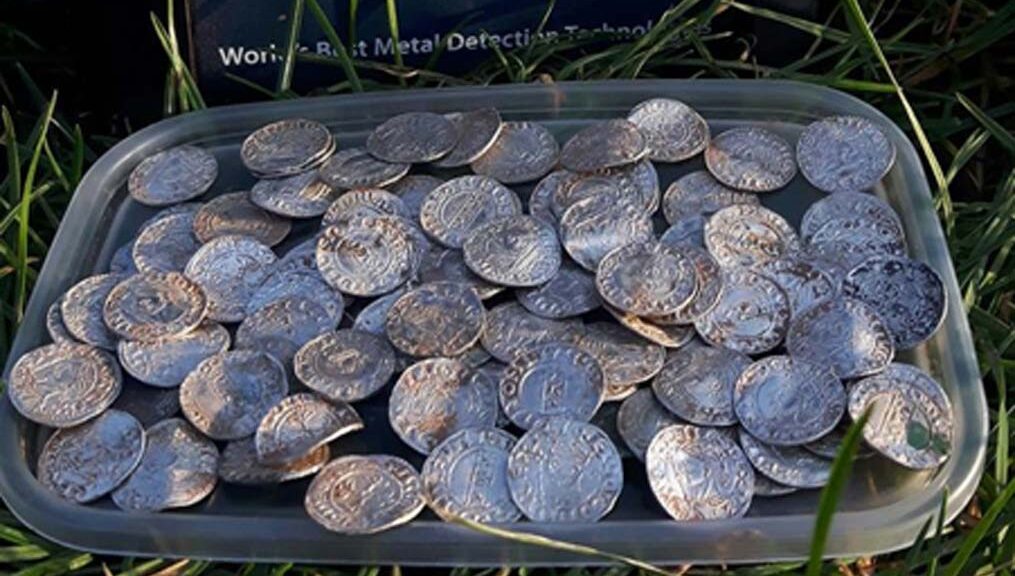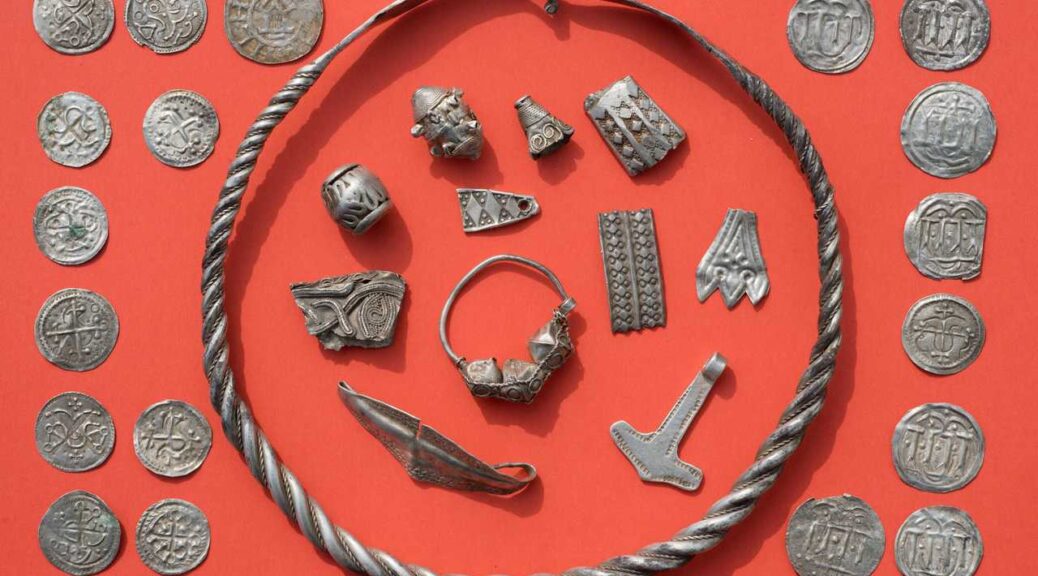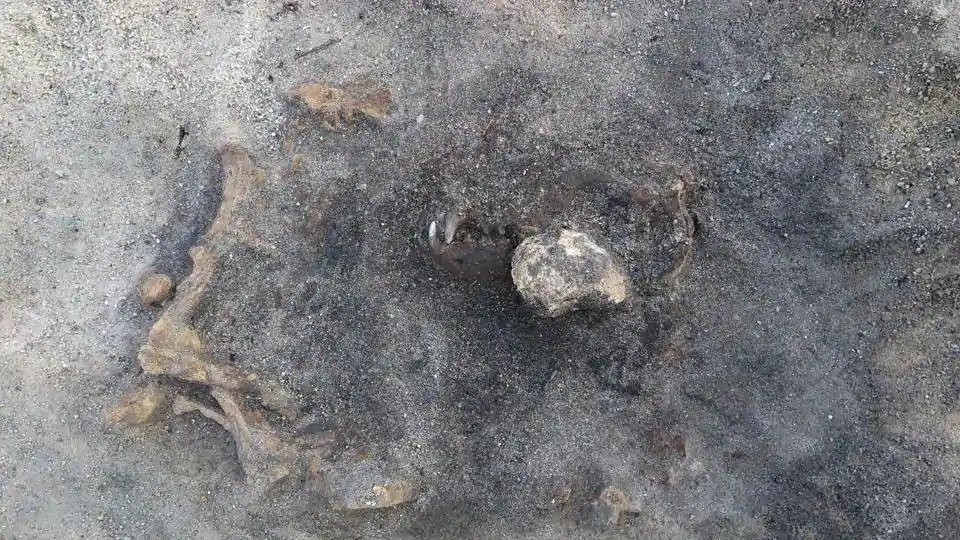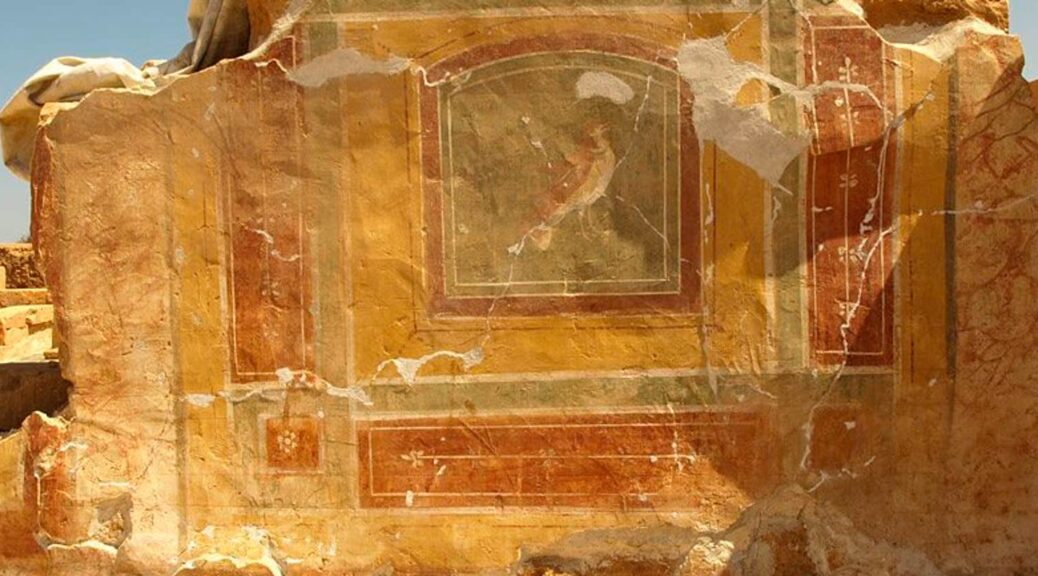Lost City in South Africa Discovered Hiding Beneath Thick Vegetation
What was once thought to be a scattering of ancient stone huts on the outskirts of Johannesburg, South Africa, has turned out to be the remnants of a thriving city, lost to history for 200 years?
Beneath the dense vegetation, there isn’t much to see with the naked eye. And after three decades of careful research, archaeologists in South Africa have barely scratched the surface of this long-lost settlement.
Now, however, thanks to the cutting-edge laser technology of LIDAR (Light Detection and Ranging), this site has been revealed for what it truly was: a veritable metropolis made up of hundreds of households and trade networks.

The research has brought this city, called Kweneng, back to life. Home to a Tswana-speaking ethnic group, Kweneng’s 800 homesteads are now thought to have housed no less than 10,000 people.
“What this means is filling in a huge historical gap, especially for southern Africa, because we know the pre-colonial history of southern Africa has no written record,” explains Fern Imbali Sixwanha, an archaeologist at the University of Witwatersrand involved in the research.
“So now we’re starting to fill in the gaps using this LIDAR technology.”
It’s the same technology that scientists used to locate that ancient Mayan megalopolis early last year. Today, it’s helping to fill a massive historical blindspot in southern Africa.
Bouncing billions of laser light pulses off the lower western slopes of the Suikerbosrand hills near Johannesburg, the researchers were able to virtually ‘see’ through all the vegetation and preconceived notions that have obscured this once-bustling city.

Studies now reveal that Kweneng, which spanned about 20 square kilometers (8 square miles), was at its prime between the 15th and 19th centuries. And in its heyday, the researchers think it was probably a rich and thriving city.

Several pairs of parallel rock walls suggest there were numerous passageways into the city, many of which look like cattle drives, built to herd cows and other livestock through parts of the city.
What’s more, in the middle of Kweneng are remnants of two massive enclosures, which together take up a space estimated at 10,000 square meters (108,000 square feet). Archaeologists on the case think these may have been kraals that housed nearly a thousand head of cattle.
But just like many other Tswana cities, this one is also thought to have fallen into decline after civil unrest.
Gone are the citizens, the stone towers, the homesteads, the livestock, the wealth. Thanks to LIDAR, however, history will live on.
“One of the most enlightening things is, as I’ve been able to understand what we were doing in our past you know, it gives us a broader idea of the people of southern Africa who they were and the types of activities that they did because you can now rediscover that activity line and just general interaction within the society,” Sixwanha told Africa News.
